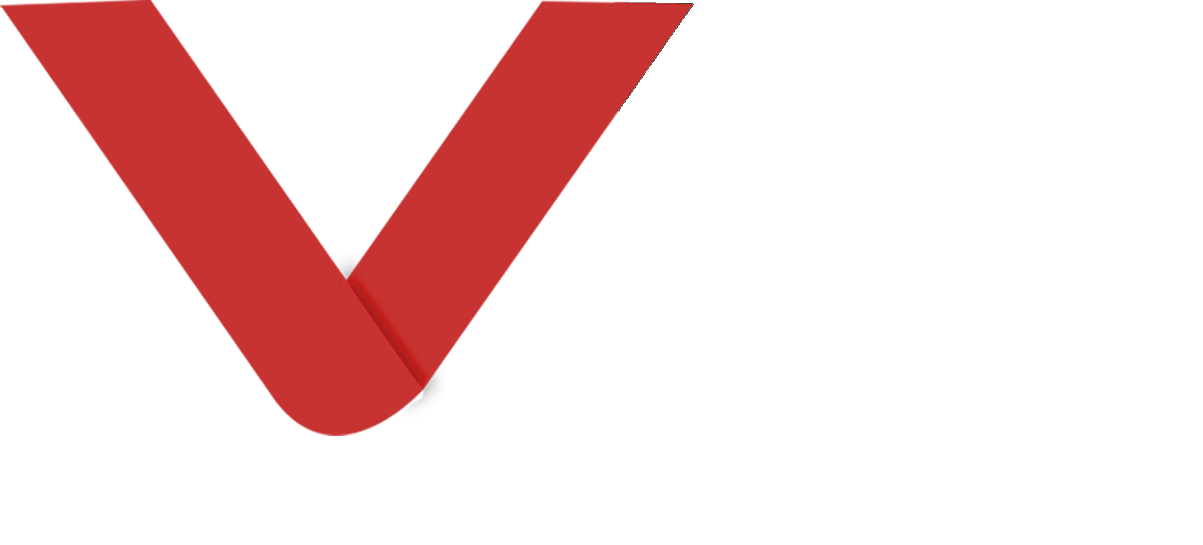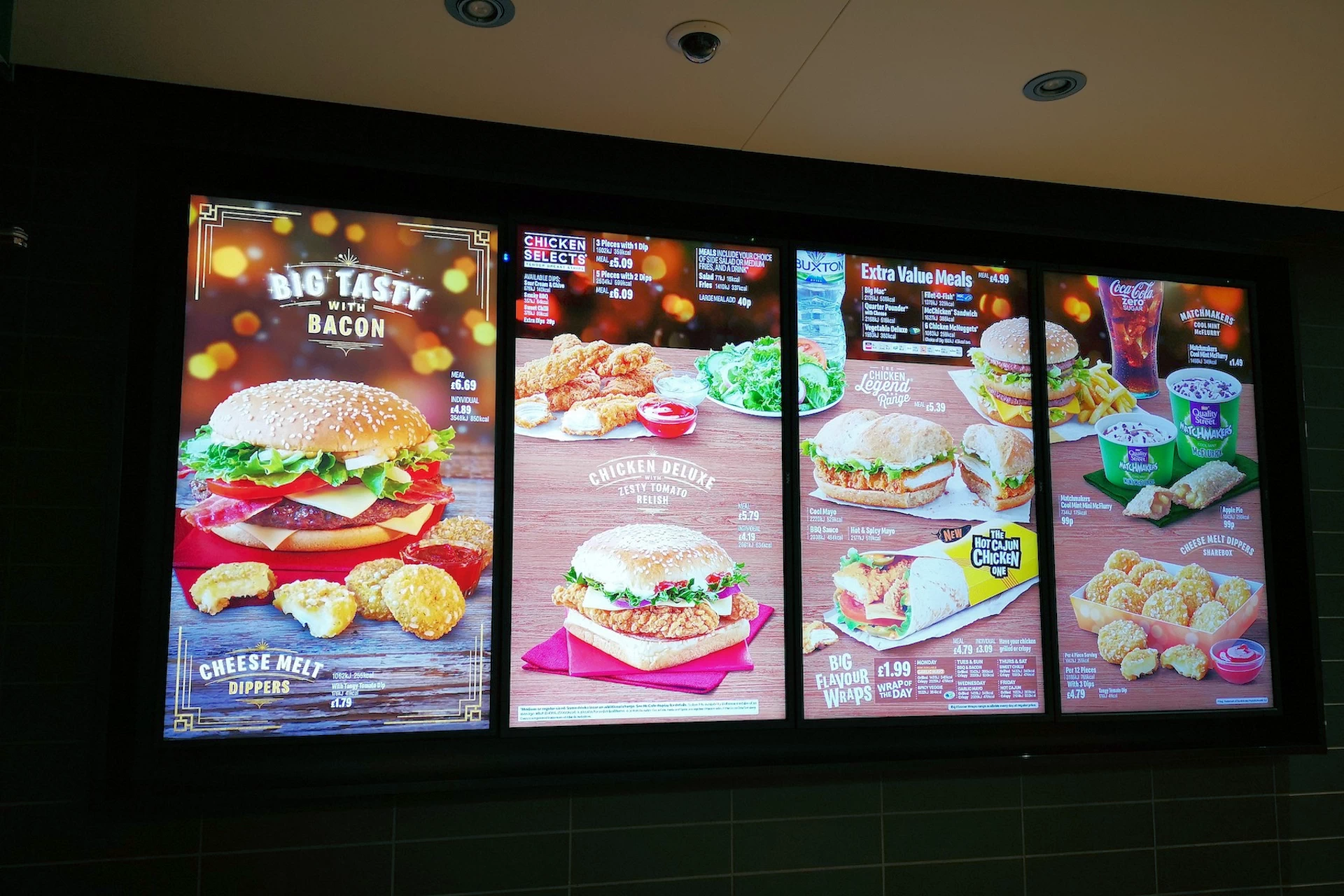A digital menu board is a modern alternative to traditional static menu boards commonly used in restaurants, cafes, fast-food chains, and other food service establishments. It utilizes digital display technology, typically LED or LCD screens, to showcase menu items, promotions, pricing, and other relevant information in a dynamic and visually appealing manner. Here are some key features and benefits of digital menu boards:
-
Dynamic Content: Digital menu boards allow for the dynamic display of menu items, enabling restaurants to easily update content such as pricing, promotions, and seasonal specials in real-time. This flexibility eliminates the need for printing and replacing static menu boards manually, saving time and resources.
-
Enhanced Visual Appeal: With vibrant colors, high-resolution graphics, and animations, digital menu boards grab the attention of customers and create a visually engaging dining experience. Eye-catching visuals can entice customers to explore menu options and make purchasing decisions more quickly.
-
Improved Customer Experience: Digital menu boards provide an interactive and informative experience for customers, allowing them to easily navigate through menu categories, view detailed item descriptions, and see enticing food images. This enhances the overall dining experience and helps customers make informed choices.
-
Promotion and Upselling Opportunities: Restaurants can leverage digital menu boards to promote special offers, upsell additional menu items, and highlight high-margin products. Eye-catching animations and strategically placed promotions can encourage customers to try new items or upgrade their orders, increasing sales and profitability.
-
Remote Content Management: Many digital menu board systems come with remote content management capabilities, allowing restaurant owners and managers to update menu content, pricing, and promotions from a centralized location. This makes it easy to maintain consistency across multiple locations and quickly respond to changing business needs.
-
Adaptability and Customization: Digital menu boards offer flexibility in design and layout, allowing restaurants to customize menu displays to reflect their brand identity and cater to specific customer preferences. They can easily adjust menu layouts, fonts, colors, and imagery to create a visually cohesive and on-brand experience.
-
Analytics and Insights: Some digital menu board systems include analytics tools that provide valuable insights into customer behavior, such as popular menu items, peak ordering times, and sales trends. This data can help restaurants make data-driven decisions to optimize menu offerings and improve operational efficiency.
Overall, digital menu boards are a versatile and effective solution for modernizing menu displays, enhancing customer engagement, and driving sales in the food service industry. By leveraging dynamic content, interactive features, and remote management capabilities, restaurants can create compelling menu experiences that delight customers and drive business growth.
Portfolio
Here are some of the amazing projects we have worked on.



